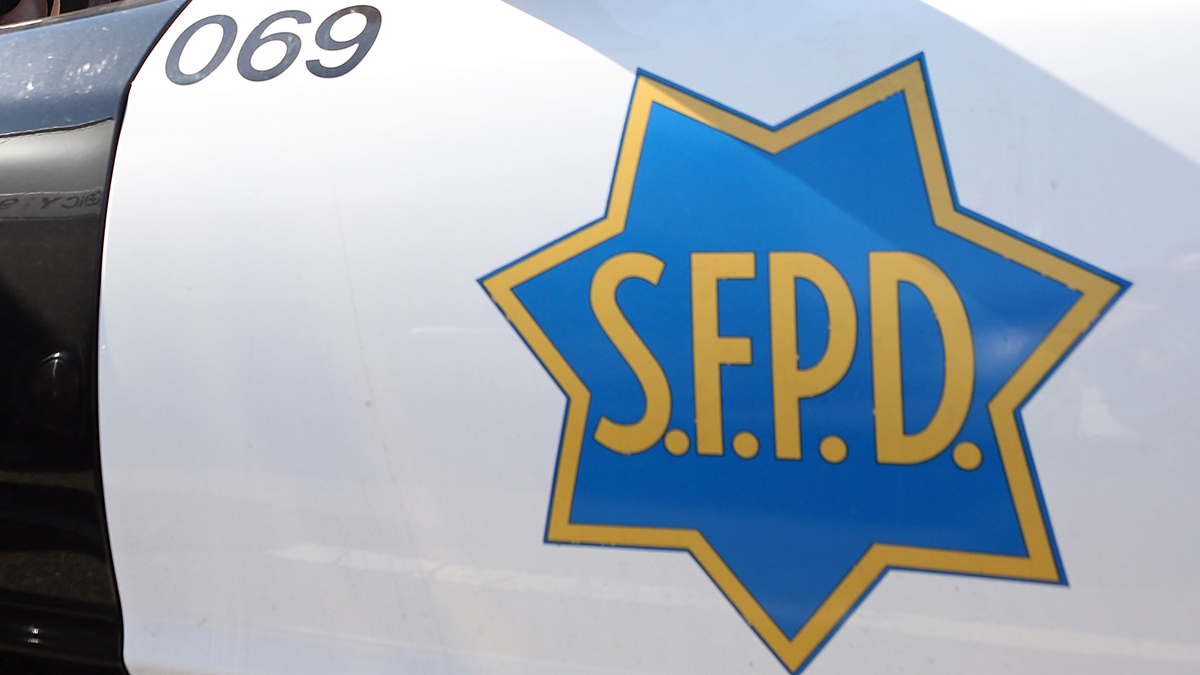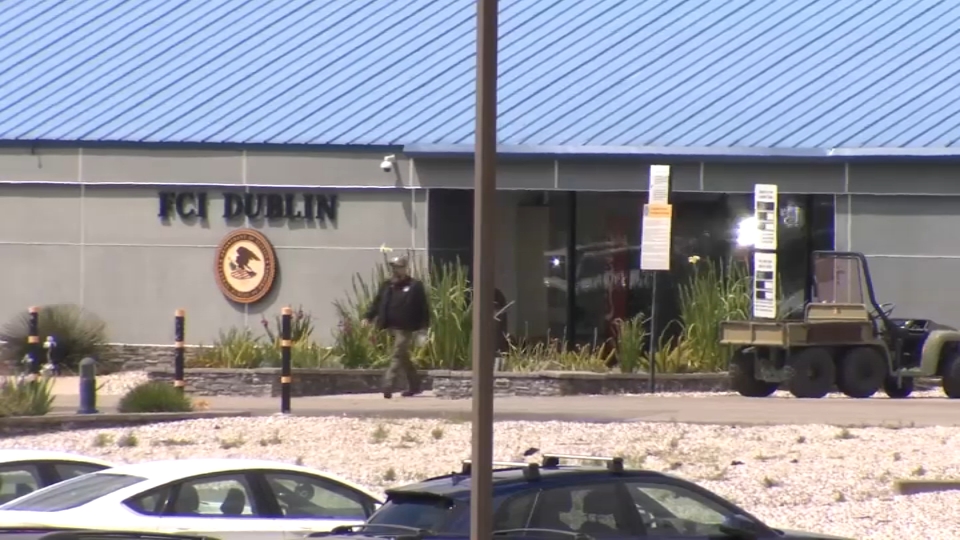The U.S. government's auto safety watchdog has opened an investigation into battery fires in Tesla Model S electric cars.
The National Highway Traffic Administration says fires broke out in two of the cars in the U.S. after the undercarriage hit metal road debris. The debris pierced the batteries and caused a thermal reaction and fires. In each case, the car warned the driver of the damage, and both escaped without getting hurt.
The probe affects more than 13,000 cars from the 2013 model year that were sold in the U.S. Tesla has sold about 19,000 of the cars worldwide. They start at $70,000 but often run more than $100,000.
MORE: Read Full NHTSA Report
Tesla's batteries are located beneath the passenger compartment and protected by a quarter-inch-thick metal shield. Experts say that if the batteries are damaged, that can cause arcing and sparks and touch off a fire.
NHTSA, in documents posted on its website Tuesday, said it opened the preliminary evaluation ''to examine the potential risks associated with undercarriage strikes'' on the Tesla cars. The investigation could lead to a recall, but a decision likely is months away.
Tesla CEO Elon Musk said in a blog posting that the company asked the government to investigate, even though its cars catch fire at a far lower rate than gas-powered vehicles.
"While we think it is highly unlikely, if something is discovered that would result in a material improvement in occupant fire safety, we will immediately apply that change to new cars and offer it as a free retrofit to all existing cars,'' Musk wrote.
Why does a Tesla fire w no injury get more media headlines than 100,000 gas car fires that kill 100s of people per year? — Elon Musk (@elonmusk) November 19, 2013
He also wrote that Tesla has done an over-the-air software update to give the car more ground clearance at highway speeds.
Musk wrote that the software change was made to cut the chances of underbody damage. ``The theoretical probability of a fire injury is already vanishingly small, and the actual number to date is zero,'' he wrote.
MORE: Elon Musk's Blog: The Mission of Tesla
He also said the car fires have to be taken into perspective and that the issue has become overblown thanks to journalists who don't understand.
Since the Model S went into production last year, there have been more than a quarter million gasoline car fires in the United States alone, resulting in over 400 deaths and approximately 1,200 serious injuries (extrapolating 2012 NFPA data). However, the three Model S fires, which only occurred after very high-speed collisions and caused no serious injuries or deaths, received more national headlines than all 250,000+ gasoline fires combined. The media coverage of Model S fires vs. gasoline car fires is disproportionate by several orders of magnitude, despite the latter actually being far more deadly. Tesla plans another software update in January to give the driver more control of the air suspension ride height.
Local
The low-slung Model S has a 6-inch clearance between the ground and the undercarriage. Other cars with gas engines sit lower, such as the Mercedes CLA Class at 3.9 inches and a Dodge Charger at 5 inches, according to the Edmunds.com auto website. But the Tesla automatically lowers itself about another inch at highway speeds, the company's website said.
According to the U.S. Fire Administration, there are around 194,000 vehicle fires on U.S. roads each year. The vast majority _ 61 percent _ start in the engine area, while 15 percent start in the passenger area. Approximately 300 people die and 1,250 are injured in U.S. vehicle fires each year. Most happen in gas-powered cars, which make up the vast majority of cars on U.S. roads. Electric vehicles make up less than 1 percent of the cars sold in the U.S.
MORE: Third Tesla Model S Fire Reported
General Motors and Nissan make the top-selling battery-powered cars in the nation, the Volt and Leaf. Neither knows of any real-world blazes in those vehicles. A Chevrolet Volt caught fire two years ago after a government crash test, but the government closed an investigation into the incident after GM agreed to a safety campaign to bolster shielding around the battery.
The Model S can go up to 265 miles (425 kilometers) on a single charge.
Musk wrote that at first, a NHTSA investigation didn't seem like a good use of the agency's time given the higher frequency of gasoline-powered car fires. But he changed his mind. ``If a false perception about the safety of electric cars is allowed to linger, it will delay the advent of sustainable transport and increase the risk of global climate change, with potentially disastrous consequences worldwide. That cannot be allowed to happen,'' Musk wrote.
He has said previously that the car won't be recalled.
MORE: Tesla CEO Elon Musk Visits Injured Workers at Hospital
Palo Alto, Calif.-based Tesla's stock rose more than 400 percent earlier in the year as the Model S won accolades from Consumer Reports and other magazines. But it has fallen 37 percent since news of the first fire was reported on Oct. 2.
Its shares fell almost 4 percent, or $4.38, to $117.20 in premarket trading Tuesday.
The first U.S. fire occurred along a freeway in Kent, Wash., near Seattle when a Model S struck a curved metal object which pierced the shield and the battery. In the second case, a Model S caught fire Nov. 6 near Smyrna, Tenn., after the driver struck a trailer hitch in the road. Another fire was reported Oct. 17 in Mexico when a Model S burned after a high-speed crash.
NBC Bay Area's Lisa Fernandez contributed to this report.



